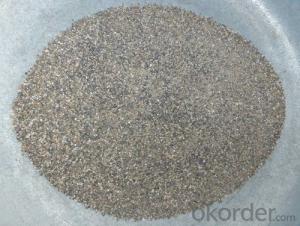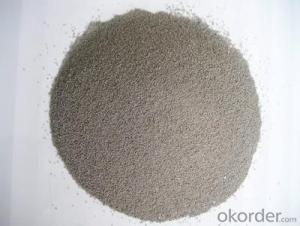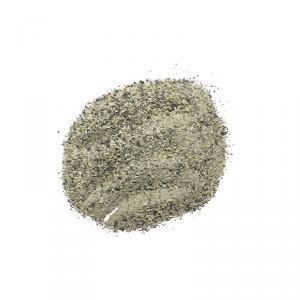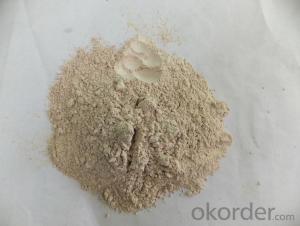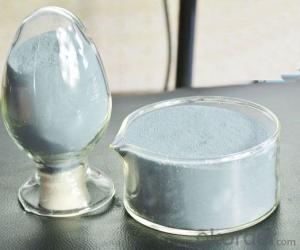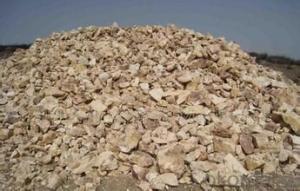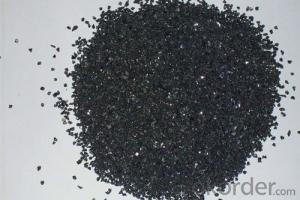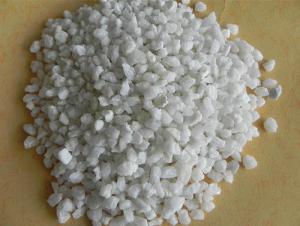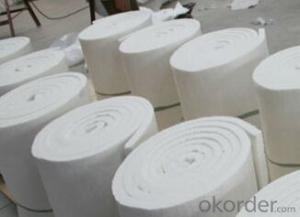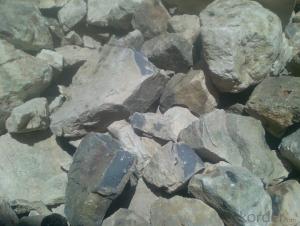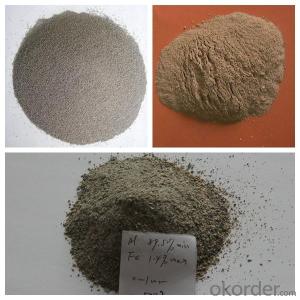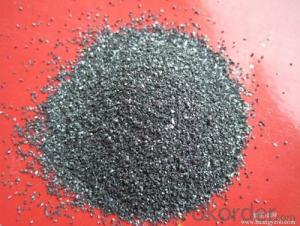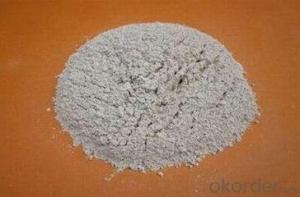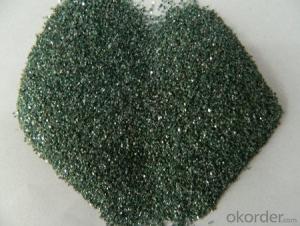All Categories
- - Steel Wire Rod
- - Steel Coils
- - Steel Profiles
- - Steel Pipes
- - Stainless Steel
- - Tinplate
- - Special Steel
- - Steel Sheets
- - Steel Rebars
- - Steel Strips
- - Hot Rolled Steel
- - Cold Rolled Steel
- - Pre-painted Steel
- - Seamless Steel Pipe
- - Welded Steel Pipe
- - Hollow Steel Tubes
- - Galvanized Pipe
- - Stainless Steel Coil
- - Stainless Steel Sheet
- - Stainless Steel Plate
- - Stainless Steel Strips
- - Electrolytic Tinplate Coil
- - Electrolytic Tinplate Sheet
- - Stainless Steel Rebars
- - Solar Panels
- - Solar Water Heater
- - Solar Related Products
- - Solar Inverter
- - Solar Cells
- - Solar Light
- - Solar Energy Systems
- - Solar Controllers
- - Solar Mounting System
- - Solar Pump
- - Solar Chargers
- - Fiberglass Chopped Strand
- - Fiberglass Mesh Cloth
- - Composite Pipes
- - FRP Pultrusion Profiles
- - Fiberglass Mat Tissue
- - Fiberglass Fabrics
- - Fiberglass Mesh
- - Composite Tank
- - Fiberglass Mesh tape
- - Polymer
- - FRP Roofing Panel
- - Fiberglass Roving
- - Monolithic Refractories
- - Ceramic Fiber Products
- - Refractory Bricks
- - Raw Materials For Refractory
- - Suspended Platform
- - Cranes
- - Concrete Machinery
- - Earthmoving Machinery
- - Building Hoist
- - Road Building Machinery
- - Plastic Pipe Fittings
- - Plastic Tubes
- - Plastic Sheets
- - Agricultural Plastic Products
- - Plastic Nets
Q & A
Can you explain the concept of slag resistance in refractory materials?
Slag resistance is a crucial property in refractory materials that refers to their ability to withstand the corrosive effects of molten slag, which is a byproduct of the smelting and refining processes in industries such as steelmaking. Refractory materials with high slag resistance exhibit minimal chemical reaction or erosion when exposed to the intense heat and chemical composition of the slag. This resistance is achieved through the careful selection of raw materials and the addition of specific additives that enhance the refractory's durability, thermal stability, and resistance to slag penetration. The ability of refractory materials to maintain their structural integrity and function effectively in the presence of molten slag is vital for prolonging their lifespan and ensuring optimal performance in high-temperature applications.
How does ceria contribute to the performance of refractory materials?
Ceria, a compound of the rare earth element cerium, contributes to the performance of refractory materials in several ways. Firstly, ceria has a high melting point and excellent thermal stability, allowing refractory materials to withstand high temperatures without significant degradation. Additionally, ceria exhibits good chemical compatibility with other refractory materials, preventing undesirable reactions that could weaken the overall structure. Moreover, ceria possesses high oxygen ion conductivity, which enhances the oxygen transport capability of refractory materials and improves their resistance to oxidation. Lastly, ceria-based coatings or additives can improve the mechanical strength and corrosion resistance of refractory materials, making them more durable and reliable in various industrial applications.
What are the raw materials used in the production of refractory bricks?
The raw materials used in the production of refractory bricks typically include clay, silica, alumina, magnesia, and various additives.
What are the main sources of wollastonite in refractory raw materials?
The main sources of wollastonite in refractory raw materials are natural deposits, such as mines and quarries, where wollastonite is extracted from the Earth's crust.
Wholesale Raw Materials For Refractory from supplier in Poland
We are a Raw Materials For Refractory supplier serving the Poland, mainly engaged in the sale, quotation, and technical support services of various Raw Materials For Refractory products in the Poland region. We are a subsidiary platform of the Fortune Global 500 company CNBM, able to provide you with one-stop Raw Materials For Refractory procurement services in the Poland. Not only do we have a wide range of Raw Materials For Refractory products, but after years of market development in the Poland, we can also provide valuable experience for your projects.
Hot Search
- Monolithic Refractories in Palau
- Ceramic Fiber Products in Uruguay
- Refractory Bricks in Niger
- Raw Materials For Refractory in Venezuela
- Ceramic Fiber Products in Bulgaria
- Ceramic Fiber Products in Brunei
- Ceramic Fiber Products in Kazakhstan
- Monolithic Refractories in Monaco
- Monolithic Refractories in Samoa
- Monolithic Refractories in Spain
